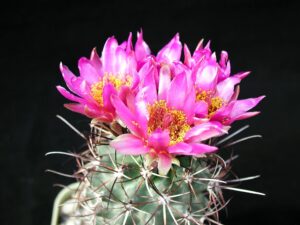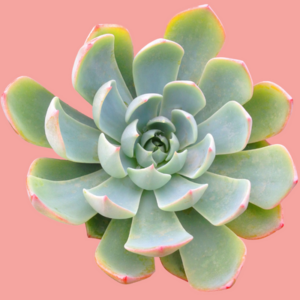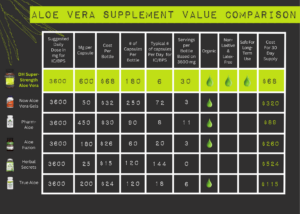Understanding the light requirements for succulent plants is crucial for their growth and overall health. Succulents are renowned for their unique ability to store water in their leaves, stems, or roots, adapting them well to arid environments. However, their thriving also hinges on proper light exposure. So, to foster a verdant oasis in your living space, one must unravel the intricacies of succulent light requirements.
Succulents, originating from various parts of the world, exhibit a diverse range of light needs. While some may luxuriate in brighter conditions, others might prefer more subdued illumination. Grasping these nuances will empower you to cultivate healthy and vibrant succulents.
The importance of light for photosynthesis cannot be overstated. Photosynthesis is the process by which plants convert light energy into chemical energy, allowing them to synthesize food. Thus, ensuring your succulents receive adequate light is imperative for their vigor and resilience.
In this article, we will explore the types of light ideal for succulents, the implications of insufficient or excessive light, and practical strategies for providing optimal illumination.
Types of Light Ideal for Succulents
Succulents predominantly thrive under natural sunlight, yet the intensity of light they require varies among species. When classified, we observe three major categories of succulents based on their light requirements: full sun, partial shade, and bright indirect light.
Full Sun Enthusiasts
Certain succulents, like Sedum and Echeveria, flourish best in full sun conditions. These plants thrive when exposed to at least six hours of direct sunlight daily. Such robust exposure helps develop their vibrant colors and compact growth habits. However, it is essential to acclimatize these sun-loving species gradually to prevent sunburn or scorch marks, especially if they are transitioning from low-light environments.
Partial Shade Aficionados
Some succulents prefer a balance and may benefit from partial shade. Plants such as Haworthia and Aloe vera are well-suited for locations that receive filtered sunlight or dappled shade. With bright but indirect light, these succulents can flourish while also showcasing their intriguing textures and shapes. Too much direct sun can lead to stunted growth or sun damage, thereby emphasizing the importance of monitoring their environmental conditions.
Bright Indirect Light Seekers
Several succulent varieties, especially those originating from forested or shaded regions, prefer bright indirect light. Plants like Gasteria or some varieties of jade plants thrive in such conditions. They are best placed near windows covered by sheer curtains or in locations where they receive bright, ambient light without direct exposure. This mimics their native habitats, allowing them to maintain health while avoiding the perils of direct sunlight.
The Implications of Insufficient or Excessive Light
While understanding the specific light needs of succulents is vital, recognizing the consequences of both insufficient and excessive light exposure is equally important. Allocating the wrong amount of light can lead to various complications, ultimately stunting the growth of your succulents.
Symptoms of Insufficient Light
Succulents deprived of adequate lighting will exhibit distinct signs of distress. One common symptom is etiolation, where the plant grows leggy and spindly, with excessively elongated stems and widely spaced leaves. This phenomenon results from the plant’s attempt to reach towards available light sources, leading to weakened structures and a potentially unkempt appearance. Another telltale sign is foliage color change. Leaves may become pale or faded, indicating a lack of photosynthesis. Browning leaf edges or dropping leaves may also manifest, showcasing the stress from inadequate light exposure.
Symptoms of Excessive Light
Conversely, too much light can result in a plethora of issues. One of the most evident signs of light stress includes leaf scorch, characterized by damaged, discolored leaf tips and margins. In extreme cases, leaf drop or even complete plant collapse may occur. A decrease in growth rate may also signal that the plant is struggling to cope with excess light, which can lead to dormancy if not addressed promptly.
Strategies for Providing Optimal Illumination
Now that we have explored the importance of light and the consequences of varying levels, we must discuss actionable strategies to ensure that your succulents receive optimal illumination.
Proper Placement
Strategically positioning your succulents based on their light preferences is vital. For full-sun succulents, windowsills facing south or west will provide robust sunlight exposure. Conversely, at times of intense summer rays, incorporating sheer curtains or shades may prevent scorching. For those requiring partial shade, East-facing windows are ideal, offering gentle morning light. Placement in proximity to bright, indirect light is excellent for species that thrive under such conditions.
Supplementing with Artificial Lighting
In regions with limited sunlight or during the winter months, artificial grow lights are an excellent alternative to ensure your succulents receive sufficient illumination. LED full-spectrum grow lights can efficiently mimic sunlight, satisfying succulents’ requirements for optimal growth. Ensure to monitor the duration of light exposure, aiming for approximately 12 to 14 hours of illumination daily, tailored to the specific species.
Conclusion
In summary, the light requirements for succulents are not a one-size-fits-all proposition; rather, they encompass a range of preferences that must be understood for successful cultivation. By identifying and catering to your succulents’ individual needs, you can create an environment where they flourish, showcasing their beauty and resilience while enhancing your indoor landscape with their intriguing forms.





Leave a Comment